BEST OF BYHYU: Choosing a Lot—Consider these things when selecting a home for your home—BYHYU 1921/1/2020 Do you know what you should consider when choosing your home site? After deciding to build instead of buy a new home, many people are so focused on the house design and that they give little thought to the LAND on which they will place their future home. But what lot you choose is a major factor in determining how much it will cost you to build and maintain your home, and how much you will ultimately enjoy it. I’ll go into more detail momentarily, but as always, let’s start with todays Pro term. Pro Term: Easement
An easement is a legal right to use someone else’s land for a particular purpose. So if your land has an easement, that means someone else is allowed to use part of your property for a specific limited use.
Easements can be granted to other persons, such as a neighbors who want to walk along the community nature trail that falls along your property or a neighbor who needs access to a shared road. Easements can also be granted to an entity, such as an electric or gas company, so they can run power or gas lines on your land. When someone is granted an easement, he is granted the legal right to use the property, but the legal title to the land itself remains with the owner of the land. So an easement is basically a legal "right of way" for someone to use someone else property for a specified purpose. Now, let’s start today’s mini lesson… What someone considers a perfect building lot is highly personal. Some people, like me, love a great view. Others could care less about the view and want open fields without many trees. Still others want a shady home site in the woods, or an urban lot in the middle of the city. You’ll first need to decide whether you want to live in the country, the suburbs, or the city. Then decide whether a specific house plan, or a specific type of lot is most important to you. If you have fallen in love with a particular house plan and you want few, if any, changes to it, you’ll have to search for a lot that fits that the dimensions and design features of that house plan. If the design includes a walk out basement, for example, you’ll want to choose a lot with a gently sloping backyard. Even if you haven’t thought much about the house plan, at least narrow down the general type/shape of house you want to build—a single or two story house, with or without a basement. Decide whether you like a wider facade, like single story ranch design, or if you prefer a taller more narrow house like a Victorian. Then when you come across an interesting lot, you’ll have some sense of whether the type of house you like will potentially fit on that lot and fit the style of that neighborhood. Now, if the lot is more important to you because you have your heart set on a home site with a view, or in a certain neighborhood, then choosing the lot before you choose the specific house plan is what you’ll want to do. Then you can have a plan designed or tweaked for that specific lot. Next, let’s talk cost… typically, a residential lot should represent about 25% of the value of the completed project (house and lot together). But be ready to pay more, sometimes significantly more, if you’re interested in an estate lot, or if you want a view, a lot on a golf course, or a waterfront or resort property. Only you can determine how much you can afford and how important a premium lot is to you. Other things you should consider when choosing a lot are: The slope of the lot. Look for a completely flat lot, that’s what you should do, right? Well…not necessarily. There is a big downside to choosing a completely flat lot. Flat sites don't drain well and may require extensive water diversion efforts. Sloped lots drain naturally. A gentle slope of 10% can be helpful. A 10% slope means that the land rises one foot upward for every 10 feet across. That gentle slope allows for site drainage and it is easy to regrade if you want a flatter yard. A 10% to 15% slope is also good for a walk-out basement. A slope greater than 20% could increase construction costs and may leave you with a sloped yard that may be difficult to use or mow. Steep lots offer less useable yard space and greater excavation costs, but better views. You should also be cautious of downward sloping lots. They afford you more privacy, but you might feel like you are living in a pit. Plus water runoff from the road may end up in your yard. Another consideration when looking for a home site is the orientation of the lot with regards to the sun. Choosing a lot that allows your house be ideally oriented towards the north, south, east or west will play a major role in how comfortable you will be in the house. Here is the quick and dirty summary of how the sun will affect the amount of light and heat in and around your home: -West facing windows on a house will bring in hot afternoon sun. This can be uncomfortable in all climates, but is especially bad in hot climates. -A house with east facing windows will have lots morning light. -South facing windows give you lots of light and warmth for most of the day. -North facing windows provide hardly any sun at all. Anything on the northside of the house will get lots of shade, which is ideal for a backyard in a hot climate, but not good for a driveway in a cold climate. You need a southern or western exposure to help melt ice and snow. A properly oriented lot can save you lots of money on your energy bills and give you a more enjoyable lifestyle. Next to consider is what’s in and around the lot and neighborhood, and what will be in the future. If the lot is in a developed neighborhood, 99% of the time, utilities will be available. Raw or undeveloped land obviously has no utilities connected to it. But what about a parcel of land that advertises “nearby utilites?” Well, nearby utilities are usually means utilities are not directly connected to the lot. They might be across the street, or they might be a mile away. Connecting to utilities can be expensive and there are two steps: 1) bringing the utility service to your parcel of land and 2) continuing the line or pipe to where you plan to actually build your house. Most utility companies will bring service a certain distance from your house site and then you will be charged to have the service brought the rest of the way. Ok, it’s important to know about the utilities, but you should also consider your proximity to Walmart (what did we do before Walmart?). Ask yourself if you are close enough to dry cleaners, health care, church, your job, and your friends and family. And for those of you who like solitude, maybe you don’t want to be anywhere near those things. So ask yourself if you are far enough away. You can go on Google Maps or Google Earth to get an aerial overview of the area you are interested in. Is the lot in a good school district? Even if you don’t have children in school, finding a lot in a good school district will help with the resale value of your home. In addition to researching what’s currently around the neighborhood, check with the zoning board, county and state traffic commissions, and planning and building departments to see what commercial and residential plans are in the works. The zoning office can tell you if there are any rezoning petitions pending in the area. The planning or building departments can tell you if there are any applications for new schools, subdivisions or apartments nearby. Or worse, if landfills or sewage treatment plants might be coming to the area. Pugh! Find out the current and future locations for airports, train tracks, and highways. Get details about what easements a property is subject to before finalizing the purchase. A property easement is generally written and recorded in the property deed. Check with the local assessor’s office, the county clerk or recorder, or the county’s zoning or mapping department. Soil, that’s something else to consider when choosing a lot. Does the soil on the lot consist of sand? Clay? or Rocks? Different soils drain and retain water differently, and different soils have vastly differently capacities to bear structural loads. The type of soil on the lot will affect the excavation of the lot, the design your drainage system, and the type of foundation that you need. You might want to contact builders and excavators with experience in the area and ask them what type of soil they’ve encountered. When investigating land, especially undeveloped land, you might want to obtain estimates from excavation companies before the land sale is complete and make the land sale be contingent upon “reasonable” excavation costs. One way to absolutely be sure about the type soil present, is to have a soils engineer do a soil analysis. On some lots it might even be required. Trees. Land with lots of trees is beautiful, but removing trees is expensive. Depending on where you are in the US, tree removal can range from $150 to more than $1500 per tree. And that doesn’t count the fee to remove the tree stump, which can cost up to $350. Occasionally, you can find land with trees that have harvest value. And you might end up recouping the cost of removing the trees by selling that hardwood. Sometimes you might even make a profit. If you have trees and a view, remember that trees grow taller over time, and they may block your beautiful view in a few years. No problem if the trees are on your land, just have them trimmed or removed, assuming there are no restrictions, or protective covenants. But if the trees are on your neighbor’s property, you may have no recourse and your once picturesque view of mountains and the river may change to a not-so-interesting view of tree tops. Here are some other things to keep in mind… How high will taxes be? Is the lot already on a sewer line? If not, will the land pass a perc test so a septic tank can be installed. A perm test simply determines the soil's ability to absorb fluids. Is the land located in a flood plain? That could impact the house design and your wallet, since you’ll have the extra expense of flood insurance. Is the lot on a busy street or intersection where the danger and noise of traffic could limit the use of the yard? Is the lot at the end of a T-shaped intersection so you will have the deal with headlights from nighttime traffic? Are there HOA fees and HOA agreements that you need to follow regarding what color and materials you can use on your house? Or height or square footage restrictions? Is your proposed home going to be worth significantly more than the surrounding homes? If you overbuild for the neighborhood, you may not recoup your investment at the time of resale. Has the region's soil or groundwater ever been contaminated? You can get a report on local water quality from the county’s water agency. Is it a corner lot where you have setbacks on 2 streets, leaving you with less building space than your neighbors? Will you be located in a cul-de-sac where your kids can ride their bikes, but where you have to worry about those pesky headlights at night? Will you be one of the first houses in a subdivision? Just know that you may be living with area construction for years. How is traffic to and from the lot during rush hour? It's worth taking a test drive during the week at the times when you would normally be traveling to and from work or school. And finally, how do the surroundings change throughout the week? Drive the general area and walk the neighborhood at different times of the day and week and see what activities you can see and hear from your potential lot. Many home site challenges can be easily resolved, and others are tougher to deal with. Doing some investigation before you purchase can help you make an informed decision and save you lots of headaches in the long run. When you do your homework, choosing the right homesite is a much easier task. But remember, all sites have their pros and cons, and the right lot is often a compromise. Let’s see how you do on today’s quiz. QUIZ: 1. True or False—An easement allows a person use a portion of someone else’s property for any purpose he or she wants. Thank God this is false! Someone can’t just have a cook out in your yard just cuz there’s an easement. An easement is a legal right to use someone else’s land for a specific, designated purpose. For utility lines or to access a shared driveway, for example. 2. Why is it not ideal to have a north facing driveway in a cold climate? To readily melt snow and ice, the driveway needs a southern or western exposure. A driveway on the north may be covered with snow for a days or weeks longer than a south or west facing driveway. Remember, the purpose of this podcast is simply to educate and inform. It is not a substitute for professional advice. The information that you hear is based the only on the opinions, research and experiences of my guests and myself. That information might be incomplete and it is subject to change, so it may not apply to your project. Always consult a professional about specific recommendations for your home… or home site. I hope you learned as much as I did. Thanks for stopping by.
0 Comments
Your comment will be posted after it is approved.
Leave a Reply. |

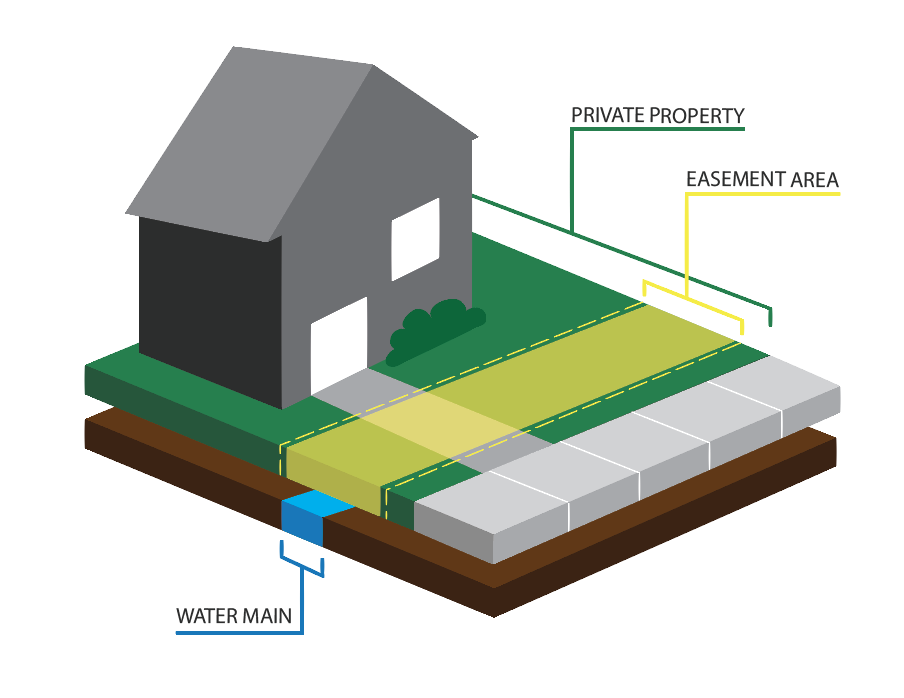
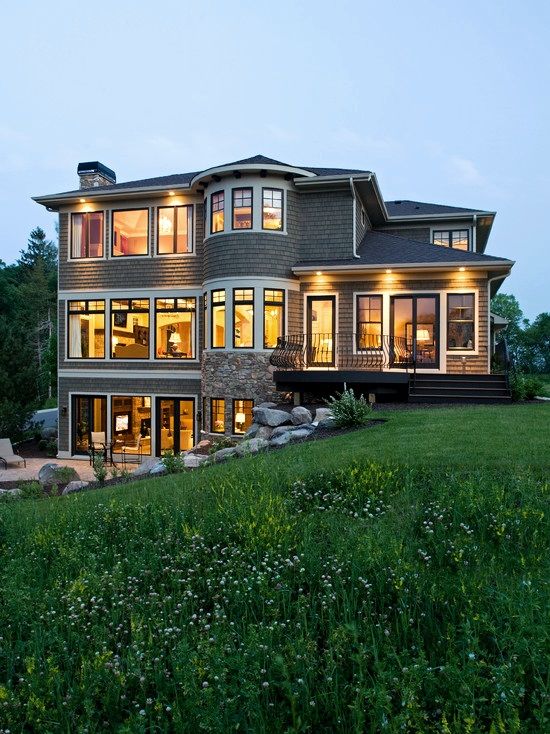
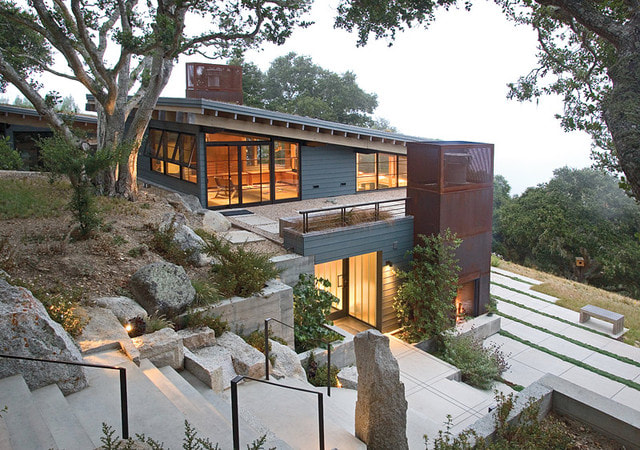
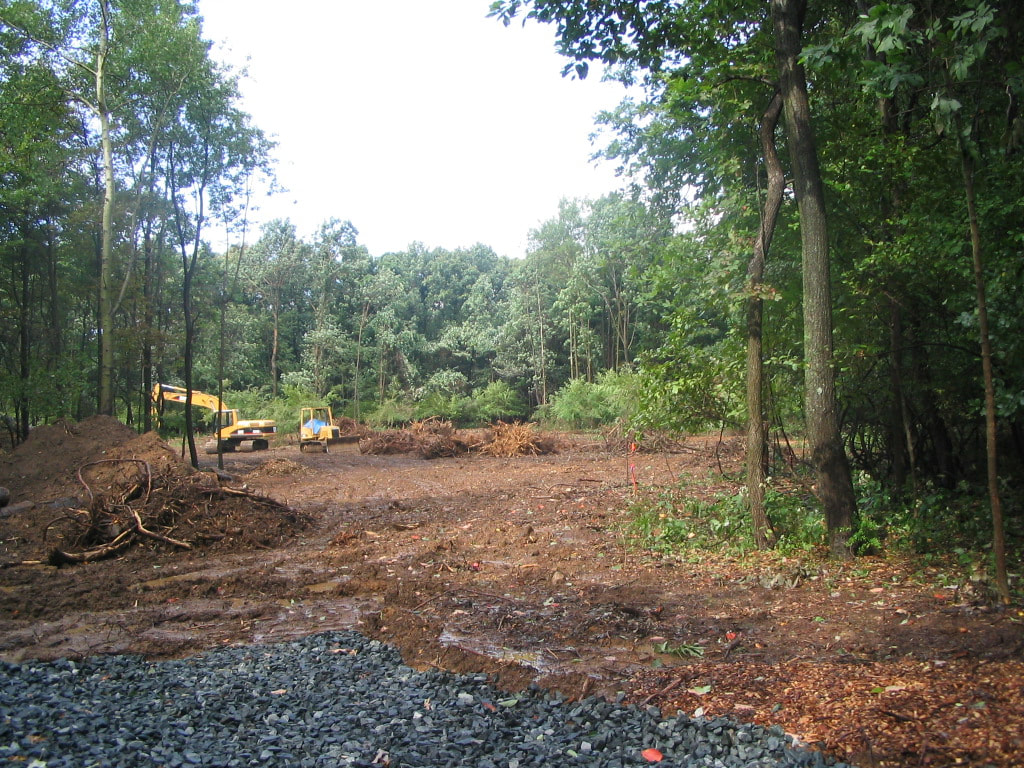
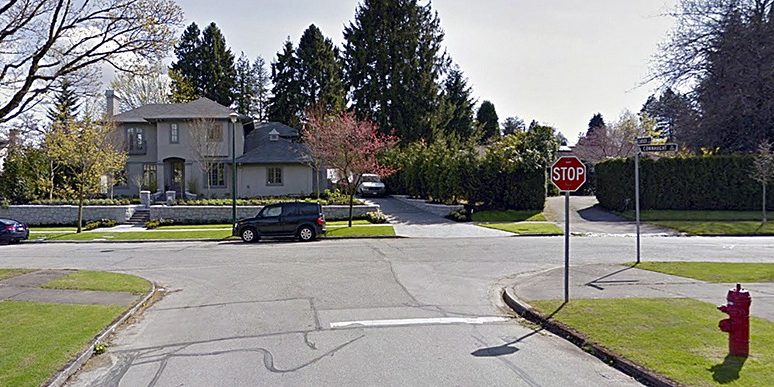
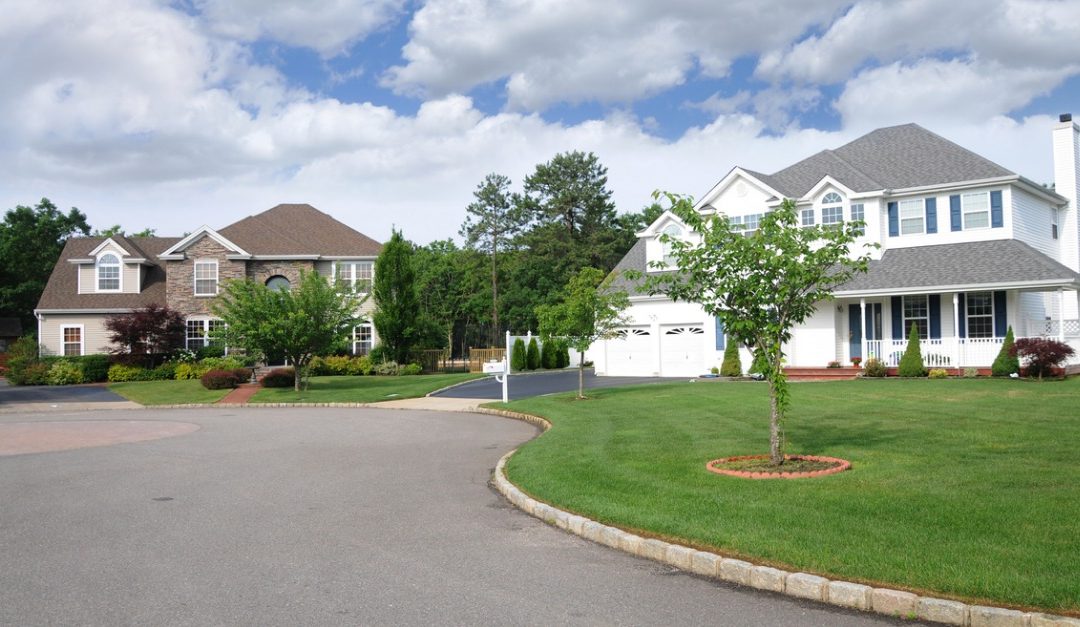
 RSS Feed
RSS Feed